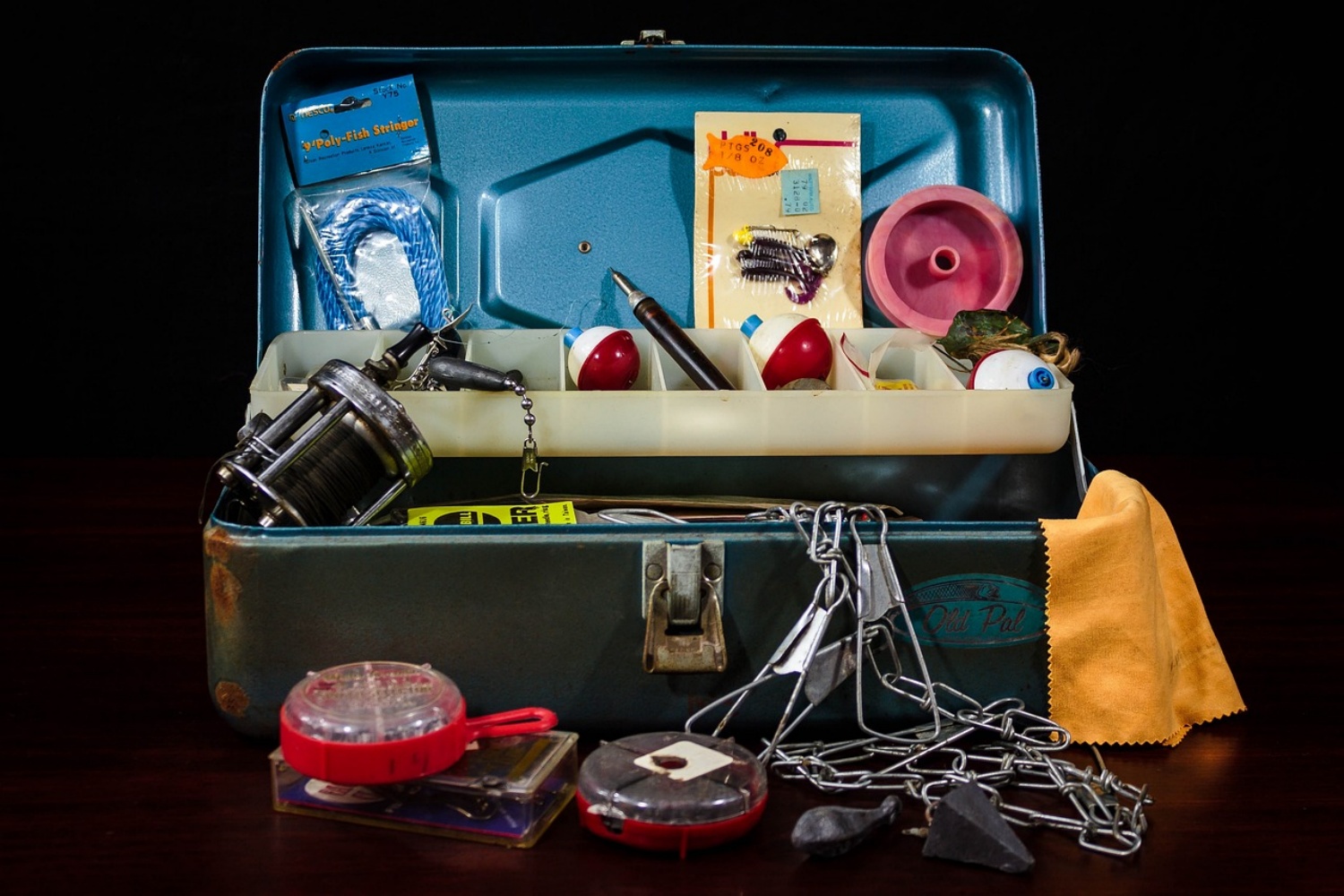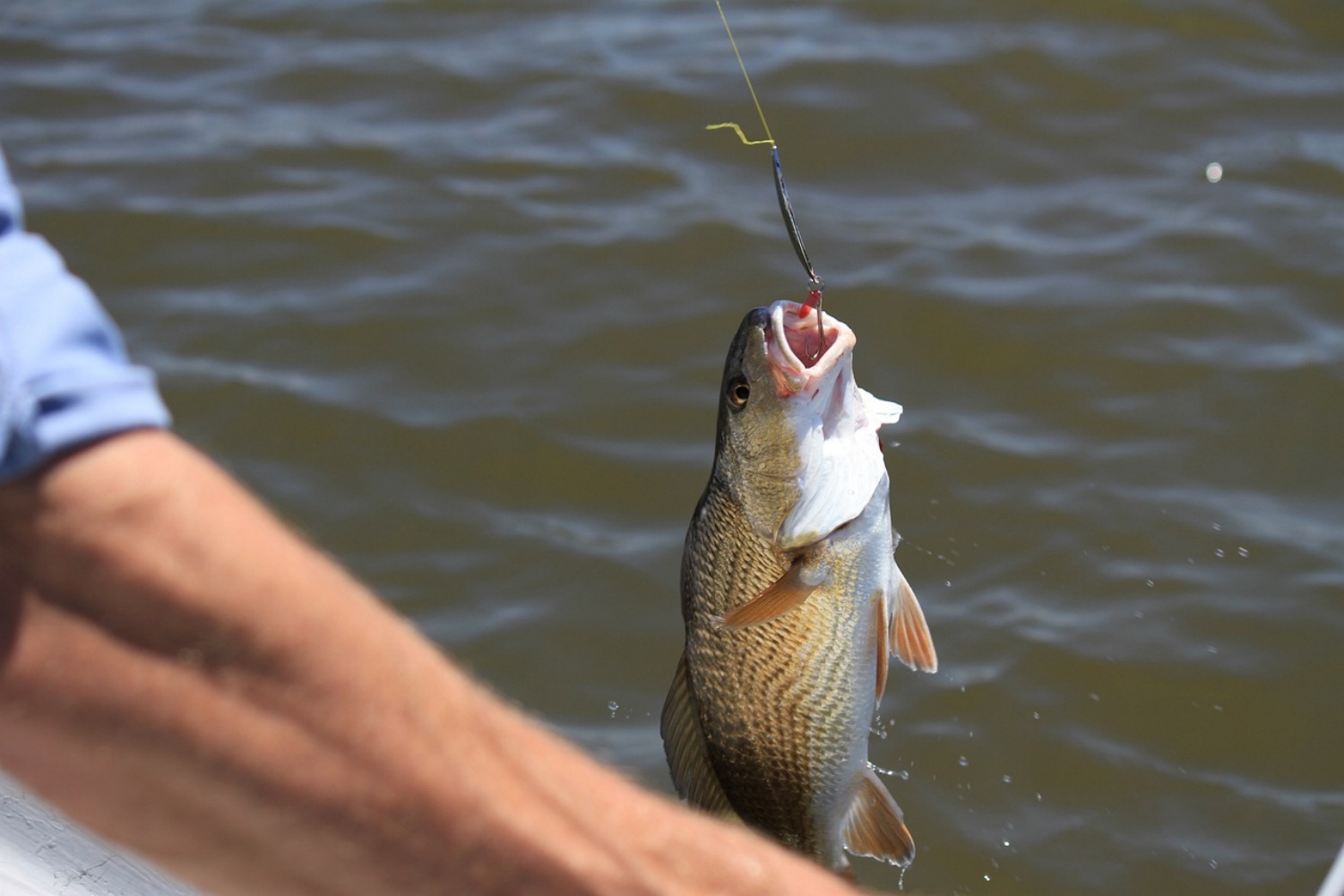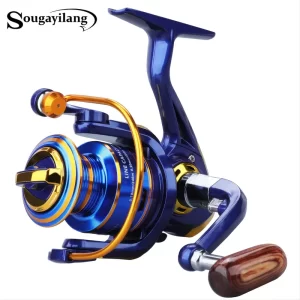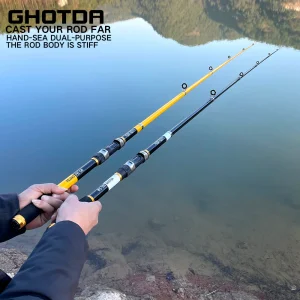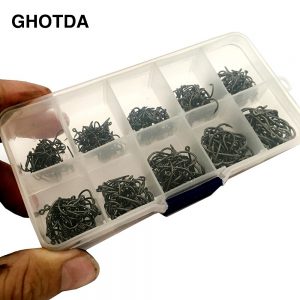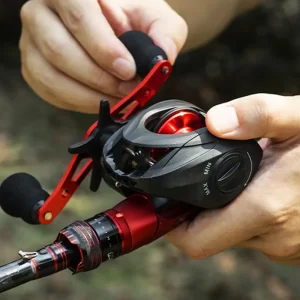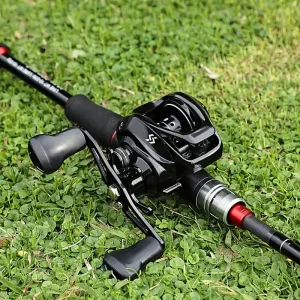Fishing lines are the unsung heroes of the angling world, connecting the angler to the catch in a literal sense. With advancements in technology and materials, the variety of fishing lines available today is vast, each with its unique set of characteristics tailored to different fishing conditions and techniques. Understanding these differences can significantly enhance your fishing experience, whether you’re a seasoned angler or just starting out. Let’s dive into the world of fishing lines, exploring the main types available: monofilament, copolymer, fluorocarbon, and braided lines.
Monofilament: The Versatile Classic
Monofilament, often referred to as “mono,” is the most widely used type of fishing line. Its simplicity, affordability, and versatility make it a favorite among anglers. Made from a single strand of nylon, monofilament is known for its ease of use, including smooth casting and knot tying. It has a moderate amount of stretch, which can be beneficial in absorbing the shock from aggressive fish strikes, though this same quality may reduce sensitivity and precision. Monofilament’s buoyancy makes it ideal for topwater fishing techniques but less suitable for deep-water fishing. Despite its many advantages, monofilament’s main drawbacks include its relatively short lifespan and lower strength compared to other lines of similar diameter.
Copolymer: The Improved Classic
Copolymer lines are essentially an enhanced version of monofilament, made by combining two or more types of nylon to achieve a more refined set of characteristics. This process allows for a line that retains the ease of use of monofilament while offering lower stretch, higher strength, and better abrasion resistance. Copolymer lines are less buoyant than monofilament, making them more versatile for various fishing techniques, including those requiring a sinking line. While copolymer lines are generally more expensive than monofilament, their improved performance characteristics make them a worthwhile investment for serious anglers.
Fluorocarbon: The Invisible Warrior
Fluorocarbon lines are renowned for their near invisibility underwater, making them an excellent choice for clear water conditions where fish might be line-shy. Made from a denser material than monofilament or copolymer, fluorocarbon lines offer high abrasion resistance and durability, along with a good degree of sensitivity due to their minimal stretch. These characteristics make fluorocarbon ideal for precise bottom fishing techniques. However, fluorocarbon lines can be more challenging to handle due to their stiffness and memory, and they tend to be more expensive. Proper knot tying is crucial with fluorocarbon to prevent failures.
Braided Line: The Strong Silent Type
Braided lines stand apart from the other types due to their construction, made by weaving together multiple strands of polyethylene fibers. This results in a line that is incredibly strong for its diameter, offering the highest strength-to-diameter ratio of any line type. Braided lines have virtually no stretch, providing maximum sensitivity and precision. They are also highly abrasion-resistant and have a long lifespan. However, their visibility underwater and difficulty in knot tying can be drawbacks. Braided lines are typically more expensive but are ideal for situations requiring strength, such as fishing in heavy cover or when a large line capacity is needed.
Choosing the right type of fishing line depends on a variety of factors, including the fishing environment, target species, and personal preferences. Each line type offers a unique set of advantages and disadvantages, making it important to consider what best suits your fishing style and needs. Experimenting with different lines can help you discover what works best for you, enhancing your fishing experience and success rate. Whether you prefer the versatility of monofilament, the improvements of copolymer, the stealth of fluorocarbon, or the strength of braided line, there’s a fishing line out there for every occasion and preference.
